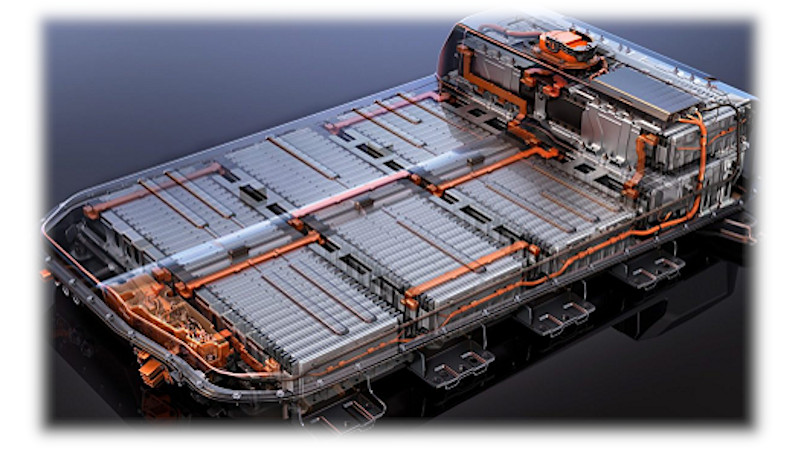Sustainable Vehicle Engineering Centre (SVEC)
Contact: svec@brookes.ac.uk
About us
The need for more sustainable transport solutions has never been more pressing in order to meet net zero emissions targets. Vehicles for individual mobility must become smaller, lighter, energy-efficient, recyclable and use renewable energy sources to power them. Future light duty vehicles such as cars and vans must also use fewer primary material resources in their manufacture.
We have produced world-leading research on energy, emissions and materials resource challenges facing the international automotive industry. This has included important work on:
- lightweight vehicles that could be designed for dismantling and materials recovery
- electric powertrains and battery technologies whose component parts can be recycled
- vehicles with a reduced use phase energy consumption that is derived from renewable energy sources.
The automotive sector is currently transitioning to the new normal of electric vehicles (EVs). At the same time, the energy sector will both power these EVs and use the energy stored in vehicle batteries to deliver energy into the electricity grid during times of peak demand. We have modelled the environmental impacts of this entire new energy and transport nexus using sophisticated whole of life cycle assessment methods.

Related research units
Related courses
- Automotive Engineering with Electric Vehicles (BEng (Hons) / MEng)
- Engineering (MPhil / PhD / Masters by Research / PhD by Published Work)
- Mechanical Engineering (BEng (Hons) / MEng)
- Motorsport Engineering (BEng (Hons) / MEng)
Research impact

Multi-disciplinary research at Oxford Brookes University’s Sustainable Vehicle Engineering Centre (SVEC) has uniquely addressed the economic, technical, social and environmental aspects of electric vehicles and personal mobility since 2004. Through collaborations with the automotive industry, local government and public-private partnerships, SVEC has had impact in 3 distinct areas:
- Substantial commercial gain for BMW, who used SVEC’s research in the MINI E project to inform the technical development of their electric cars, and benefitted from guidance on building wider acceptance of electric vehicles in their markets globally.
- Influencing UK transport policy on electric vehicle adoption as a result of real-life demonstrator trials, and influencing policy on powered light vehicles through collaboration with the Zemo Partnership.
- Informing battery strategies through whole life cycle analyses of the emerging energy and transport nexus through collaboration in a sequence of EU and UK projects such as the Faraday Institution’s Reuse and Recycling of Lithium Ion Batteries (ReLIB) project.

/svec-01.jpg)
/svec-04.jpg)
/svec-05.jpg)
/svec-06.jpg)